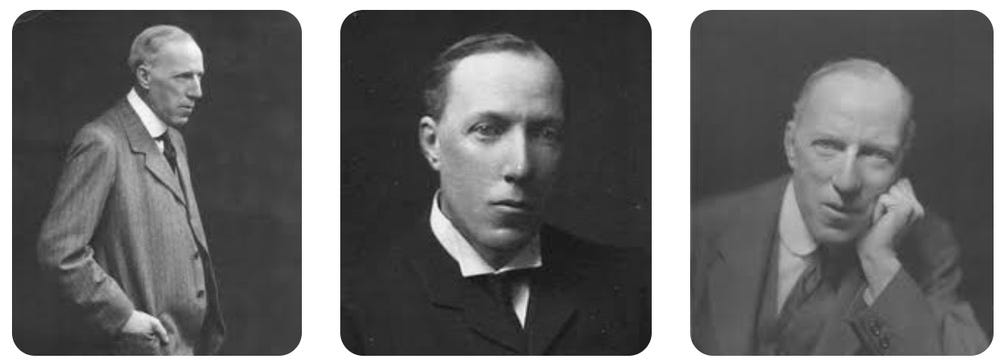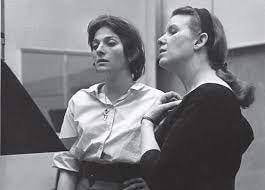Americans know “Pretty Polly” as the short, tragic story of a young woman who is lured into the forest and murdered by her brutal lover, who then buries her in a shallow grave and runs away.
Actually, though, the oldest versions of this song — which has its origins almost 300 years ago in Great Britain — needed up to 36 verses to tell its grim story.
In the original English ballad — called “The Gosport Tragedy” or “The Cruel Ship’s Carpenter” — the murderer is a sailor who promised to marry the girl he seduced, but then changes his mind when he learns she is pregnant.
After he dumps her savaged remains in a forest grave, the killer returns to sea where he is haunted by his dead lover. In some versions, the sailor is murdered by her angry spirit; in others, he is driven to madness and/or to suicide.
And as is often the case with ballads, the story probably is based on fact.
Back in 1979, Professor David Fowler of the University of Washington published research in The Southern Folklore Quarterly arguing that the events of the song actually took place in 1726 and involved a ship's carpenter by the name of John Billson, who died at sea.
First printed around 1727, the ballad tells the tale of Billson's murder of his pregnant girlfriend and of his fleeing aboard a ship called the MMS Bedford.
Coming to America
By the time the ballad migrated to North America (where British folklorist Cecil Sharp collected versions in the early 20th century), the song had been whittled down to half dozen verses, all without losing any of its emotional impact.
In the United States in the mid-1920s, the song had gained new life as a banjo tune by the time of its earliest recordings, including Eastern Kentuckian John Hammond's "Purty Polly" of 1925 and the "Pretty Polly" versions of B.F. Shelton and Dock Boggs, both in 1927.
Curiously, Shelton and Boggs’ versions both begin in the first person ("I courted Pretty Polly..."), then switch to the third person for the murder ("he stabbed her to the heart….”)
Later, when a couple of first ladies of the 1960s folk revival recorded the song — Jean Ritchie in 1963, Judy Collins in 1968 — their versions featured alternating verses, switching back and forth between Polly and Willie's perspectives.
Our Take on the Tune
Our version of the song follows the well-established narrative of Polly and Willie’s fatal night, but we take a lot of liberties with the traditional melody. Our rendition, in fact, is built on a musical idea that dates back a half century to the pre-Flood days.
When Charlie Bowen and David Peyton were just starting out as a duo in the early 1970s, they found that a repeated scale descending from an opening minor chord resonated nicely on the guitar-Autoharp accompaniment to their voices.
Since those salad days, every configuration of Floodifaction has found something to contribute to that basic original arrangement. And it’s still happening. Just listen to what Sam St. Clair and Danny Cox have brought to the song with their solos on this take from last week’s Flood rehearsal.
More Song Stories
By the way, some fans of this newsletter tell us they really enjoy these deep dives into the history of the songs we sing.
If you’d like more, click here to browse our growing archive.






















Share this post